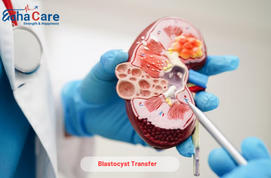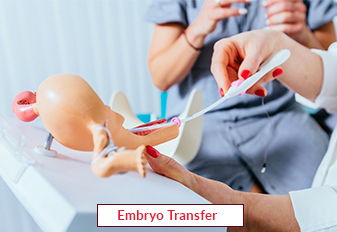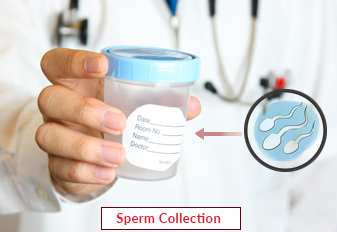Blastocyst Transfer

Blastocyst transfer is a common procedure used in in vitro fertilization (IVF) in which an embryo develops for about five to six days after fertilization before being transferred to the uterus. During the transfer If the first embryos are allowed to reach the blastocyst - a hollow ball, allows fertility specialists to select the most viable developmentally competent embryos for transfer, increasing chances of successful implantation and pregnancy This method also allows for better efficiency between embryo and uterine lining, which can drive implantation rates high pregnancy outcome rates in couples undergoing fertility treatment Because of its ability to improve blastocyst embryo transfer it has become standard practice in many IVF clinics.
About Blastocyst Transfer
Blastocyst transfer is a method applied in vitro fertilization (IVF) techniques, where embryos are cultured within the laboratory for around 5 to 6 days after fertilization, letting them reach the blastocyst level before being transferred into the uterus. This prolonged culture duration allows embryologists to pick out the maximum feasible embryos for transfer based on their development and exceptional, growing possibilities of successful implantation and pregnancy. The blastocyst stage is characterized by the formation of a fluid-filled hollow space and the differentiation of cells into the inner mobile mass, which allows you to turn into the fetus, and the outer layer, to form the placenta. By shifting blastocyst-stage embryos, fertility professionals propose to imitate the timing of natural embryo development and improve embryo-uterine synchronization, potentially improving implantation prices. This method also reduces the danger of more than one pregnancy in comparison to advance-degree blastocyst embryo transfer. Common symptoms and symptoms following blastocyst switch may additionally consist of moderate cramping, bloating, and recognizing, although these are typically temporary and solved within a few days. Causes of failed blastocyst implantation might also encompass embryo pleasantness, uterine receptivity problems, hormonal imbalances, or genetic abnormalities. However, the blastocyst switch remains a treasured device in an assisted reproductive generation, presenting increased pregnancy charges and advanced outcomes for couples suffering from infertility.
Procedure of Blastocyst Transfer
Embryo Culture: After the fertilization through IVF, embryos are cultured inside the laboratory for about five to six days till they reach the blastocyst stage.
Selection of Embryos: Fertility professionals check the first-rate development of blastocysts to select the maximum feasible ones for transfer.
Timing of Transfer: The switch commonly happens on day 5 or 6 days of submit-fertilization, allowing the embryo to mimic natural improvement and attain an extra advanced degree before implantation.
Uterine Preparation: Before the transfer, the recipient's uterine lining is evaluated to make certain it's far receptive for implantation, often through hormone supplementation.
Transfer Procedure: Using a thin catheter, the chosen blastocyst is gently transferred into the uterus underneath ultrasound steerage to ensure sure right placement.
Aftercare: Following the technique, sufferers might also receive instructions to rest for a brief duration before resuming normal sports. Progesterone supplementation can also be persevered to aid the uterine lining.
Pregnancy Test: Approximately 10 to 14 days after transfer, a being pregnant check is conducted to determine if implantation has come about.
Require Assistance?
Get A Quick Callback From Our Healthcare Experts


.jpg)



